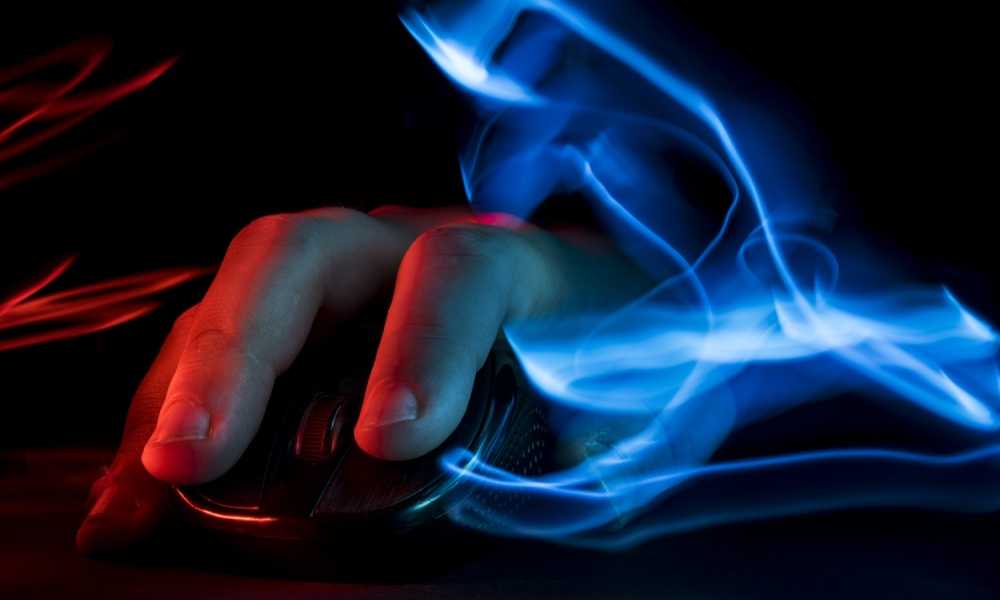Competitive video gaming, known as esports, is the world's fastest-growing spectator sport. In 2017, tournaments and live games attracted 258 million unique viewers, more than the National Football League.
That kind of viewership leads to professional sponsorships, coaches, and, for some gamers, six-figure annual salaries. Professional sports teams are adding esports to their portfolios, with the 76ers, Golden State Warriors, and New England Patriots owning esports teams.
Training Regimen
Training for a professional video game competition is as grueling and intense as training for any physical sport. From South Korea to North America, teams adopt very similar regimens.
Team practice
Most teams practice together for about 8 hours a day, often in 3-4 hour periods with short breaks in between.
Review previous matches
Teams usually spend 1-2 hours a day, often during a lunch break, watching footage of their own previous matches or other championship matches, reviewing performances and learning everything they can from watching the footage. At the pro level, these sessions are often led by professional coaches and analysts, but even amateur teams take advantage of this review time to discuss and learn with each other.

Solo practice
Individuals often practice by themselves for 3-4 hours a day, often focusing on particular skills as assigned by their coaches.
Most professional gamers practice 12-15 hours a day, either on their own or with their teams. They do this for 6 days a week, and are scheduled to have one day a week off. However, many spend their down days continuing to practice, or shooting sponsorship videos.
While this may sound like a grueling regimen, it's actually fairly moderate in comparison to the most intense video game training regimens. Chae Gwan-jin and Kim Jae-hun became famous for practicing 12-14 hours a day and only sleeping 4 hours a night. While such a grueling schedule may seem overly harsh, they were both members of the Korean team that won the League of Legends world championships in 2013.
The Role of Physical Fitness
As more and more people come to coaching and owning esports teams from a traditional sports background, physical fitness has grown in importance. Many teams spend an hour a day in the gym or in the pool, with the belief that a healthy mind and a healthy body are linked. Physical fitness improves stress management and mental discipline, and can make all the difference during key moments in a game.
For the members of Team Dignitas, the best female CS:GO team in the world, owned by the Philadelphia 76ers, physical fitness goes even further. With the aid of sports therapists and professional athletic coaches, their physical training regimen has evolved to include game-specific exercises:
- Arm and wrist stretches designed to prevent carpal tunnel syndrome and tennis elbow, common injuries in the world of esports
- Spine and abdominal exercises designed to build core strength. Lunching backward, forward, and diagonally helps to relieve pressure points in the lower body caused by extended sitting
Other Tricks of the Trade
Team Dignitas also uses a number of tools adapted from military training. For example, like air force pilots, they keep high-energy supplements on hand for the high-tension moments at the end of a match when they need the reserve. Like traditional professional athletes, they drink electrolyte gels to remain hydrated during a match without having to use the bathroom.
The Future of Professional Gaming Training
Just a couple years ago, the gold standard for professional gaming training was to go to a gaming house in South Korea. There, team members eat, train, practice, play, and work out together, with very little private or non-gaming time.
Today, however, esports training facilities are popping up all over America. They are intended to bring the latest technology to esports training, along with physical and nutritional fitness and the latest in sports science. The goal of these facilities is not just to encourage peak performance from gamers, but to encourage a team cohesiveness that is difficult to achieve when teams work remotely, and to instill professionalism into a sport that has been a casual hobby for decades.

Facilities create better balance and structure than team houses, where teammates live and work together, and have spaces, technology, and facilities specifically designed for the use of coaches and trainers, not just players. Onsite video production facilities also expedite the production of promotional materials and original content for social media and broadcasting.
Teams also have access to nutritionists, sports psychologists, and other amenities. These next-gen training facilities are not just important for training current players, but they are also key to professional esports teams recruitment strategies, helping teams differentiate themselves and attract free agents to their facilities, knowing they will spend more time training than at home.



